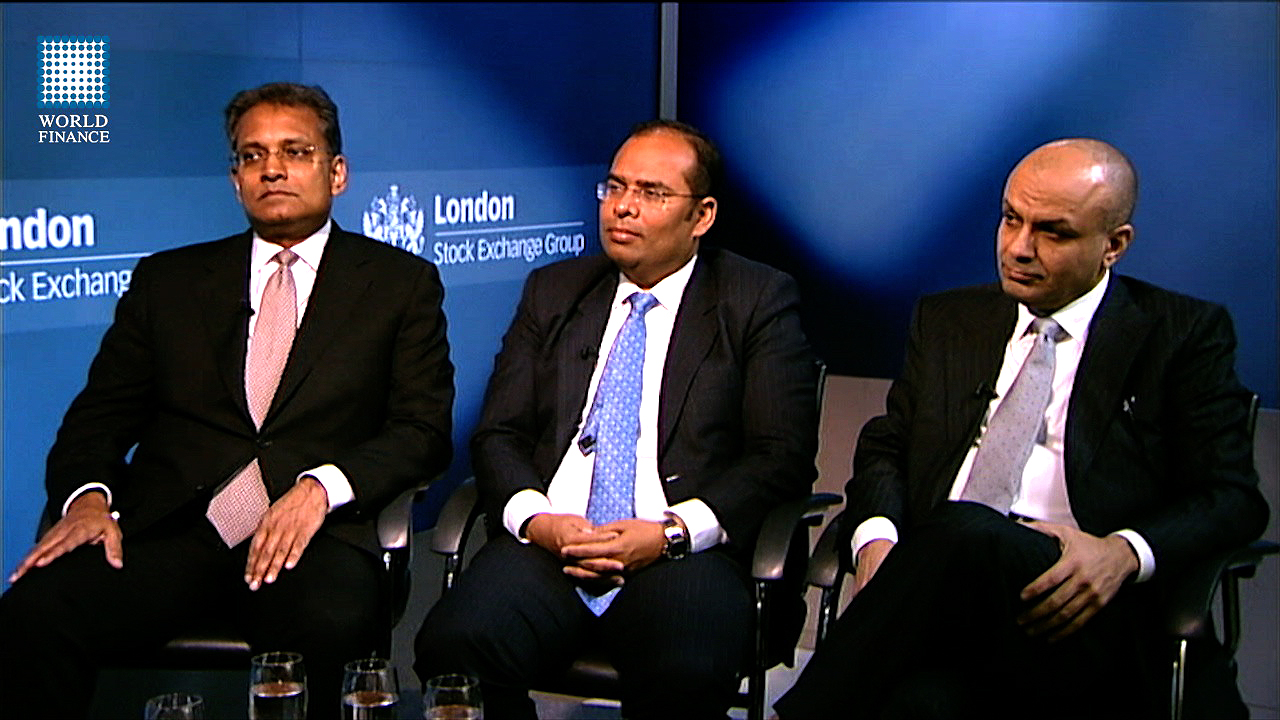Aristoteles levels playing field for investment into renewable energies
The new digital platform will help lower risk and maximise returns from renewable energy assets, explains Hanno Schoklitsch
Related:
Transcript
Aristoteles is an innovative digital platform for managing renewable energy assets. Created by asset management company Kaiserwetter, it combines real-time performance data with predictive analytics and powerful risk management software. Kaiserwetter founder and CEO Hanno Schoklitsch explains that in order to achieve the goals of the Paris climate agreement, we need to substantially increase investments in renewable energy. Enter Aristoteles, which makes the technical and financial performance of energy assets more transparent to investors, and so enabling better risk management.
Are you ready to invest in renewable energy? Take the survey.
World Finance: Why did you create Aristoteles, what do you hope to achieve with the platform?
Hanno Schoklitsch: It’s all about how we can achieve the goals that we have set out in the Paris climate agreement. We are currently facing a little bit… lack of financing. And what we would like to provide to the market is really that we can convince capital to invest in renewable energies. So this is the basis and the ideas for Aristoteles.
World Finance: What’s the issue; what are the hurdles in the way of more investment in renewable energies?
Hanno Schoklitsch: In the end it’s all about minimising investment risk, and also maximising the returns, and creating highest transparency standards. And these three things we can achieve by using the data that we are generating out of the assets, and bringing into Aristoteles.
World Finance: How does Aristoteles actually achieve that? You have all these energy assets feeding data into the platform, what happens next?
Hanno Schoklitsch: Yeah, we are gathering the data, aggregating the data from each of the different power producing assets into Aristoteles. So getting all the technical data, and making there our analysis. We have an algorithm, you know, looking at if this is working at the highest possible levels, and having the biggest energy output. But the most important thing is what we are doing with the financial view, and with the financial data. And therefore we are concentrating ourselves as well, on how we can bring transparency and the insight to the investors on the financial side.
For example, if you would like to invest in a windfarm in Africa. And you are concerned about what’s going on with your capital that you have invested there. We are taking out the technical data, bringing it into the cloud, analysing the data there with our smart data analytics. And we are also taking all the financials, the accounting. And this way, of course we can see what we have on production level, what we have on revenues, and where the cash is finally. And even then, going further on, with predictive data simulation. These are next steps, where we’re out there: how can we predict the future from the data of the past?
So in the end, in such a way we can give transparency to the investors.
World Finance: And with that greater transparency you’ve created a level playing field to invest in renewable energies.
Hanno Schoklitsch: Yeah. What we would like to achieve is to give the investors the possibility to go for renewable energies. Put the money and the capital out there to achieve the goals of the Paris climate agreement. There’s no hurdle existing anymore not to exist in renewable energies. Go for it! Let’s go for the Paris climate goals, and we will achieve a great future.
World Finance: Hanno, thank you very much.
Hanno Schoklitsch: Thanks Paul.

 Banco Popular: Caring for the aspirations of the Dominican Republic
Banco Popular: Caring for the aspirations of the Dominican Republic Renewable energy in Saudi Arabia | ACWA Power | Video
Renewable energy in Saudi Arabia | ACWA Power | Video
